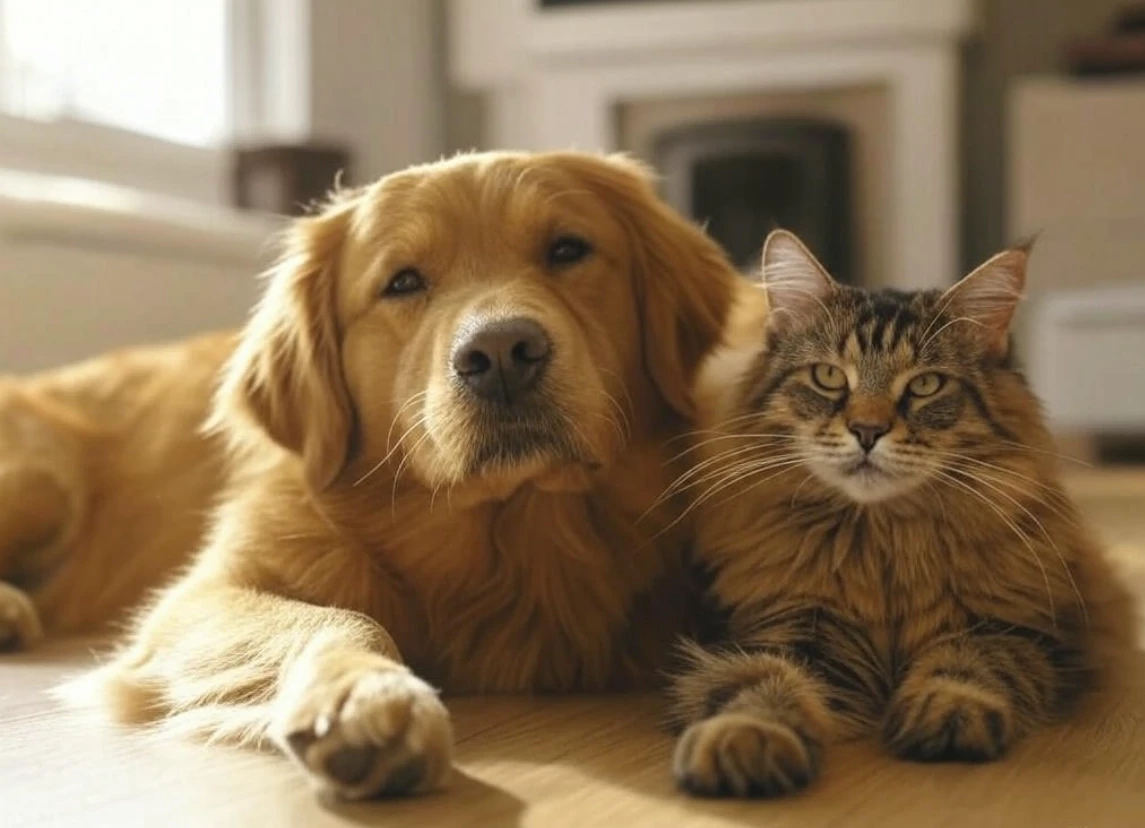
Dogs and cats don’t have to be enemies - despite what cartoons might tell you! With the right steps, these furry companions can share your home in peace, even becoming buddies. Whether you’re bringing a new cat to a dog-filled house or vice versa, introducing pets takes patience and planning. This guide walks you through practical tips to get a dog and cat to get along, from their first sniff to a happy coexistence. Ready to turn your home into a pet harmony zone? Let’s get started!
The idea of dogs chasing cats is a classic stereotype, but it’s not the full story. Both animals can learn to live together, and many end up napping side by side or playing chase in fun, not fury. The key? Understanding their instincts - dogs love to chase, cats like to hide - and guiding them toward friendship. It’s not instant, but with time, your dog and cat can share space without stress. Here’s how to make it happen, step by step, with simple tricks anyone can try.
Dogs and cats see the world differently. A wagging tail means a happy dog but an annoyed cat. A dog’s bark might scare a kitty, while a cat’s hiss can confuse a pup. These mixed signals spark tension, especially at first. Pet psychology shows dogs are pack animals, eager to bond or chase, while cats are solo hunters, guarding their turf. Knowing this helps you ease their meeting.
Start by keeping them apart. Let them sniff each other’s scents - like a blanket or toy - before they meet face-to-face. This builds curiosity without fear. Watch their body language: a relaxed dog wags slowly, a calm cat keeps its tail low. If you see growls or hisses, don’t panic - it’s normal. The goal is slow, steady progress toward peaceful pets.
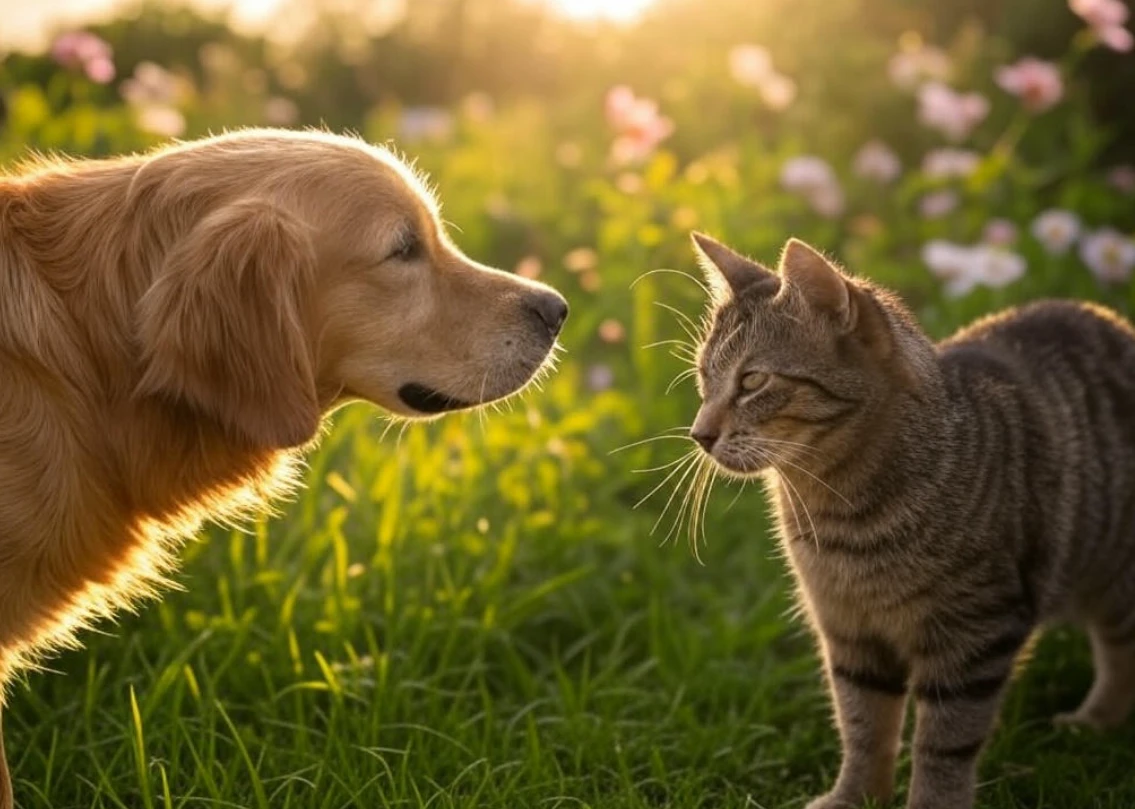
Before your dog and cat meet, set the stage. Give each pet their own space - a room for the cat with a litter box, food, and a high perch, and a spot for the dog with their bed and toys. This keeps them comfy and cuts stress. Cats love vertical escapes, so add a shelf or cat tree. Dogs need a leash handy for control.
Swap their scents again. Rub a cloth on your dog’s fur and leave it near the cat’s bowl, then do the same for the dog. It’s like a sneak peek without the drama. Keep doors closed but let them hear each other - barks or meows are fine as long as they’re not frantic. A calm pet introduction starts with a safe, happy home.
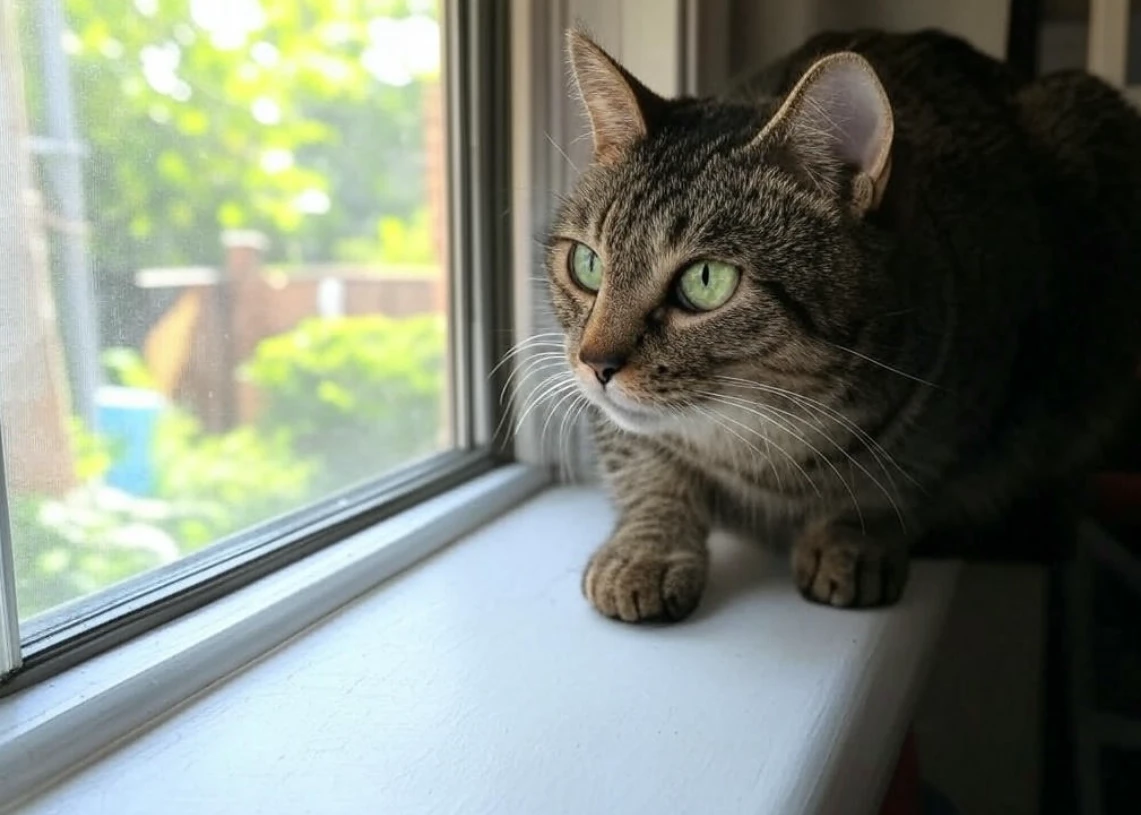
Time for the big moment! Leash your dog and let the cat roam free - cats feel trapped if cornered, while dogs are easier to hold back. Pick a neutral room, not one pet’s “territory.” Open the door a crack and watch. If your dog lunges or your cat puffs up, close it and try again tomorrow. No rush - dog-cat harmony takes time.
If they’re calm, let them look. Reward your dog with a treat for sitting still, and toss a treat to your cat too. Keep it under five minutes - short meetings build trust without overwhelming them. Each day, stretch the time a bit longer. Soon, they’ll see each other as part of the pack, not a threat.
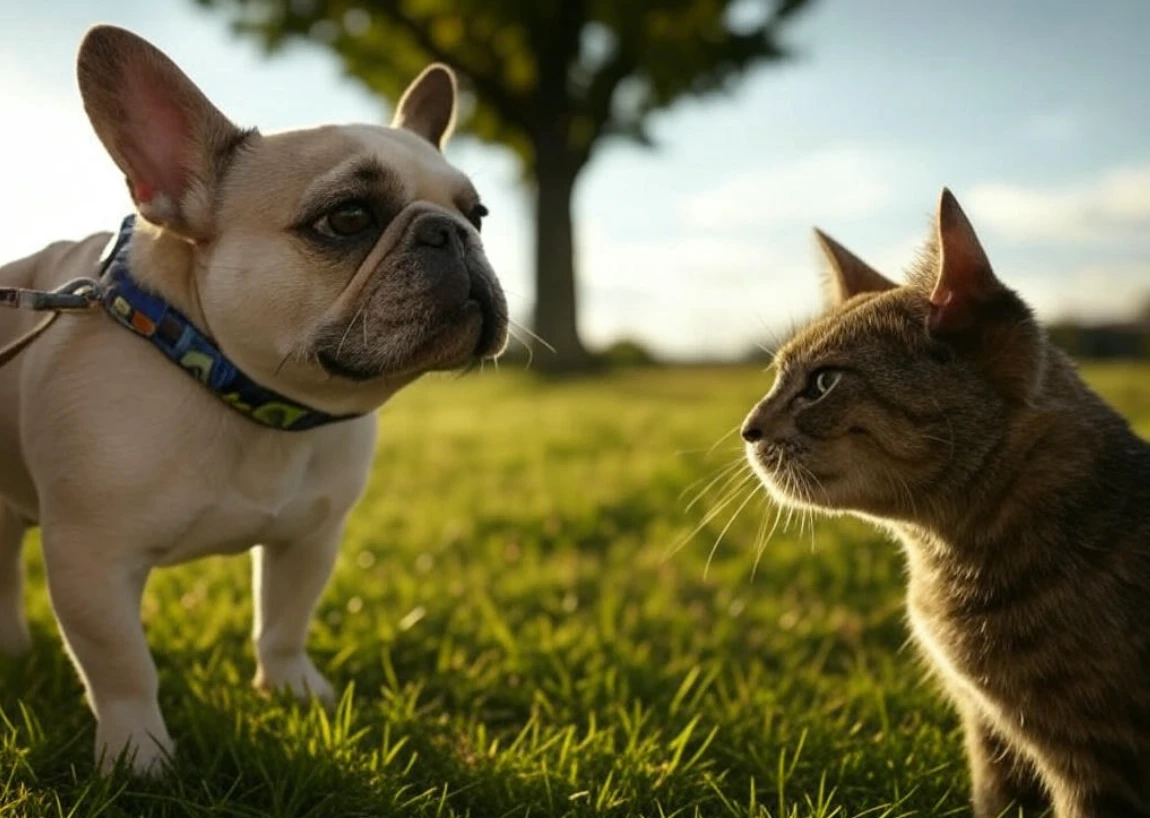
Once they’re cool with quick meets, let them hang out supervised. Keep the dog leashed but loose, and let the cat choose to approach. Watch for play signs - a dog’s “play bow” (front down, back up) or a cat’s slow blink mean they’re relaxed. If your dog barks or your cat swats, distract them with a toy or treat and separate them briefly.
Encourage good vibes. Feed them near each other but far enough apart - say, across the room - so they link the other pet with tasty rewards. Over days or weeks, close the gap. Training pets to stay calm here is gold; a simple “sit” command for your dog can work wonders. You’re aiming for pet coexistence, not a wrestling match!
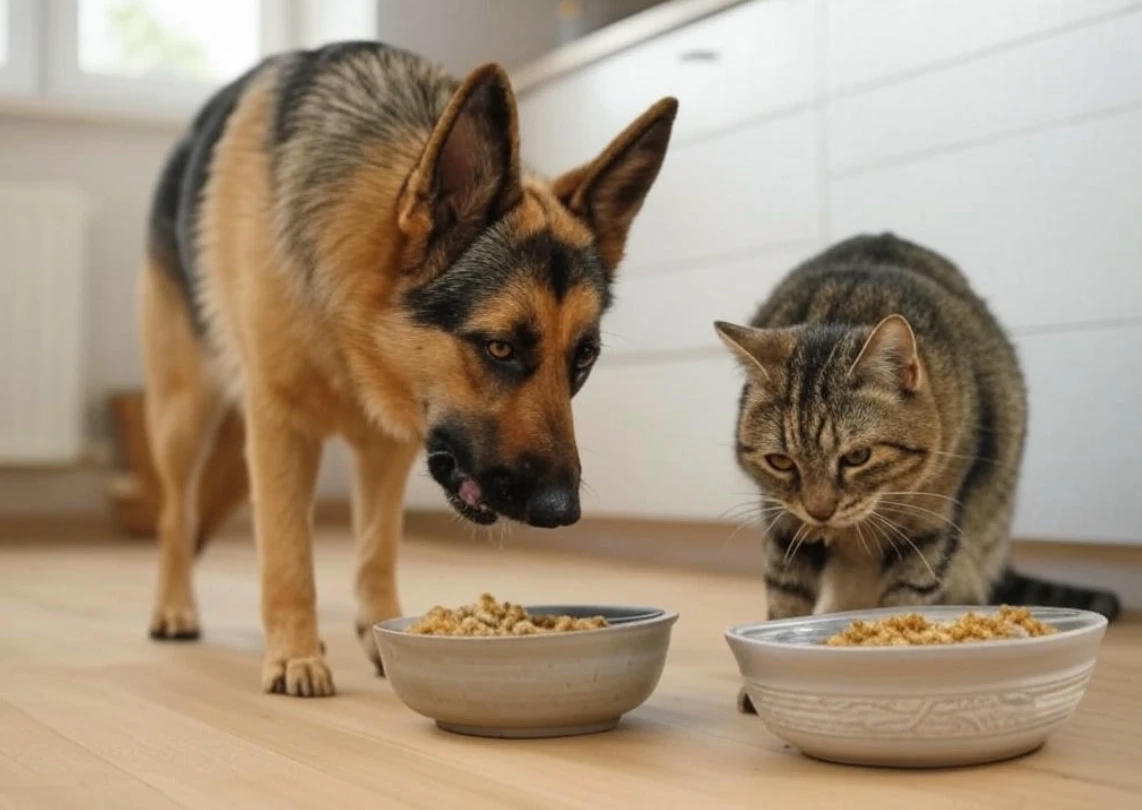
When they’re chill with supervised time - say, a week with no growls or hisses - try unleashed freedom. Start in a big room where the cat can jump high or hide if needed. Stay close, ready to step in, but let them interact. A playful chase is fine if tails are wagging and claws are in, but break up any real fights with a loud clap or water spray.
This stage tests their dog and cat friendship. Some pairs nap together fast; others take months to warm up. Keep their separate spaces - cats need a dog-free zone to retreat, and dogs need their own chill spot. With luck, you’ll catch them sharing a sunbeam soon!
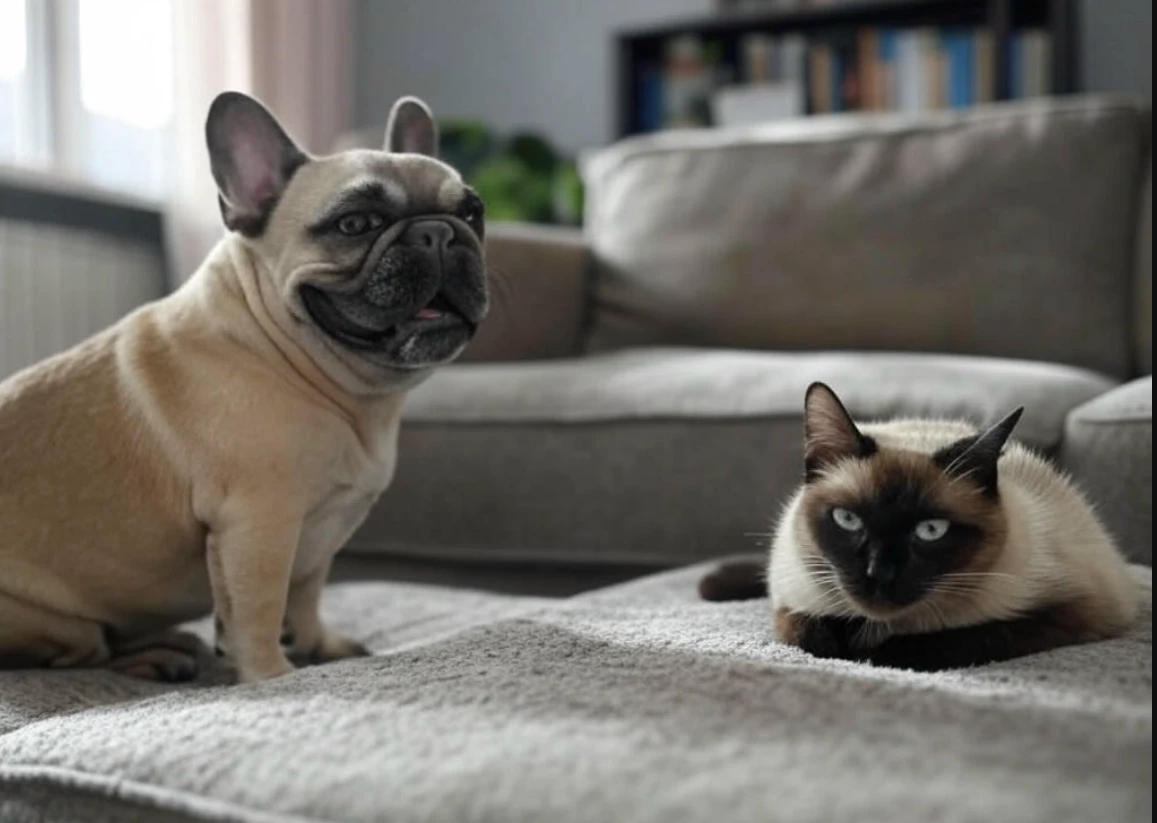
Even with the best plan, slip-ups happen. Don’t force them together - pushing a scared cat into a dog’s face sparks animal aggression. Don’t punish growls or hisses; they’re just talking, not attacking. And don’t leave them alone unsupervised too soon - one bad scrap can undo weeks of work.
Another trap? Ignoring their needs. A bored dog might chase, so toss a ball to burn energy. A stressed cat might scratch, so add a scratching post. Patience is your superpower - rushing ruins peaceful pets. Stick to the steps, and you’ll dodge these pitfalls.
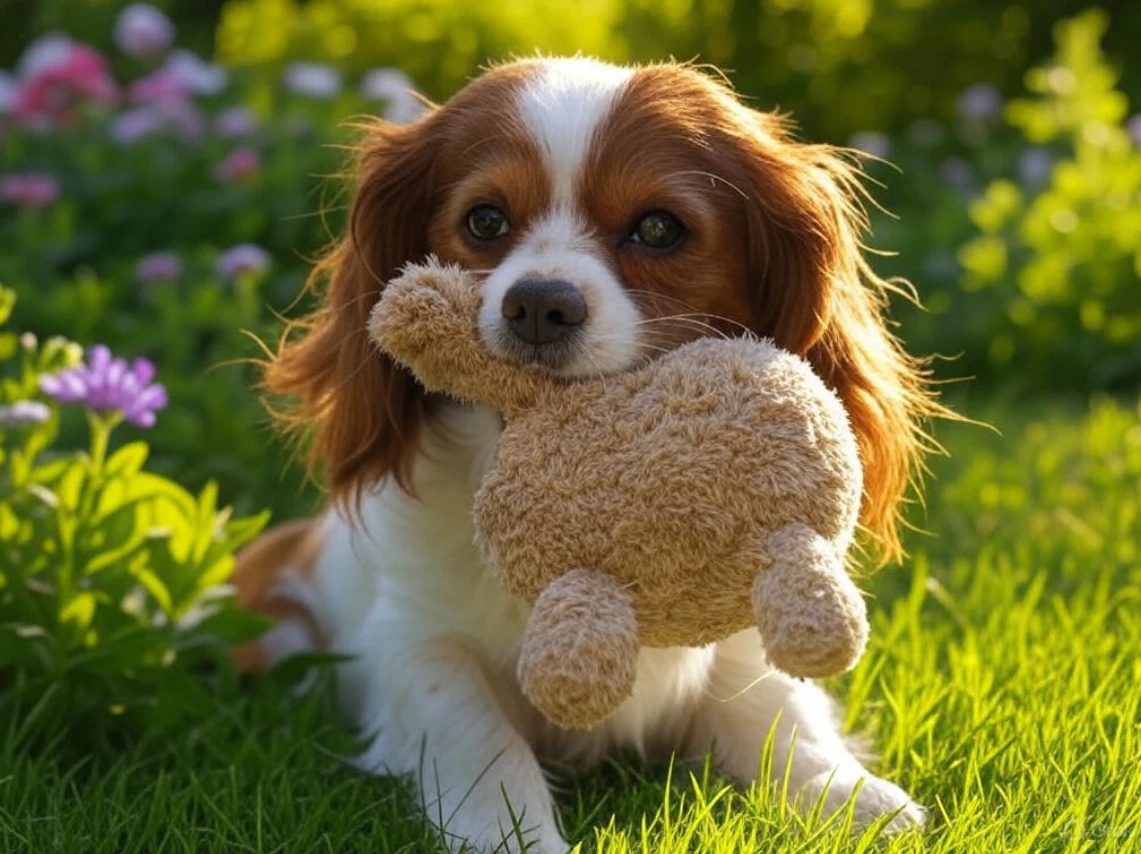
Got a high-energy dog or a shy cat? Adjust the plan. For jumpy pups, tire them out with a walk first - less energy means less chasing. For timid kitties, use a baby gate so they can peek without pressure. If your dog’s obsessed with the cat, train a “leave it” command with treats. If your cat’s hissing nonstop, give more hiding spots.
Age matters too. Puppies and kittens adapt faster than older pets with set habits. If tensions spike, back up a step - slow and steady wins. Pet psychology says every pair is unique, so tweak these tips to fit your crew.
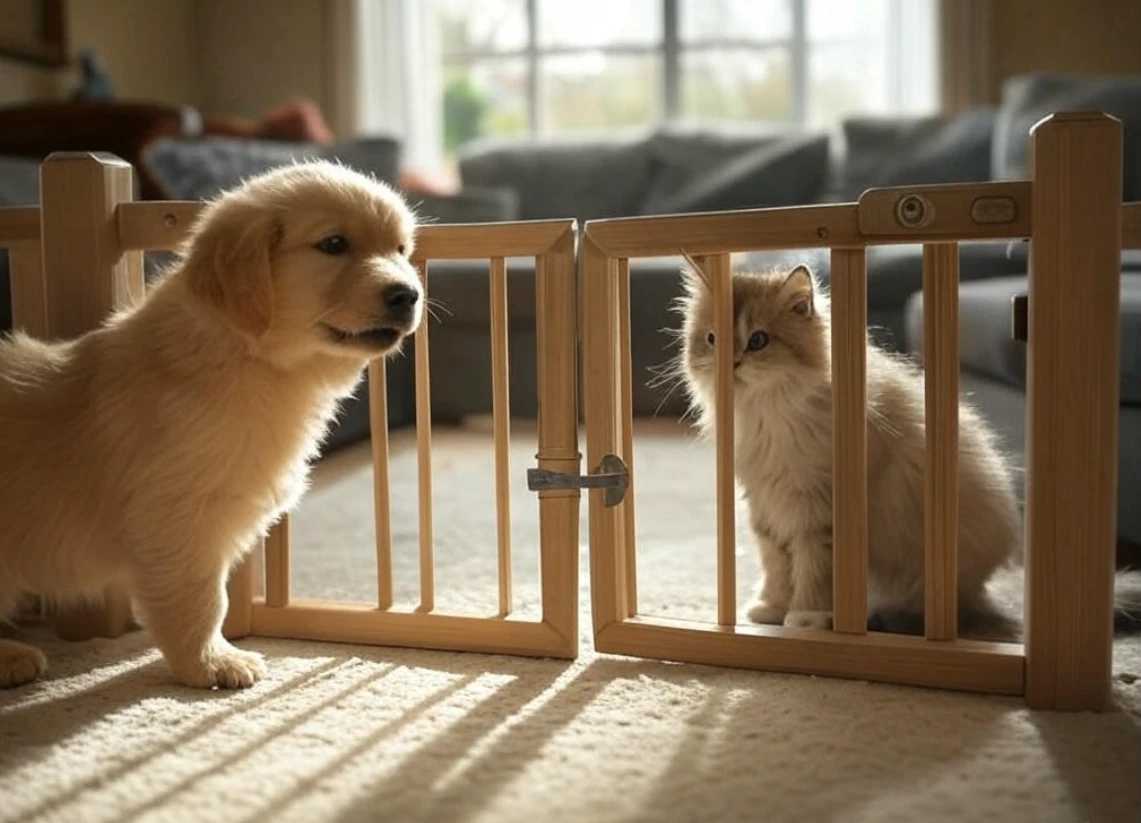
How do you know it’s working? Look for cozy clues. If your dog and cat nap near each other, groom one another, or play without chaos, you’ve got dog-cat harmony. A dog ignoring a cat’s zoomies or a cat rubbing against a pup’s leg? That’s gold. Even sharing a water bowl is a win!
It might take weeks or months, but these signs mean your home’s a peaceful pet paradise. Celebrate with extra treats - they’ve earned it!
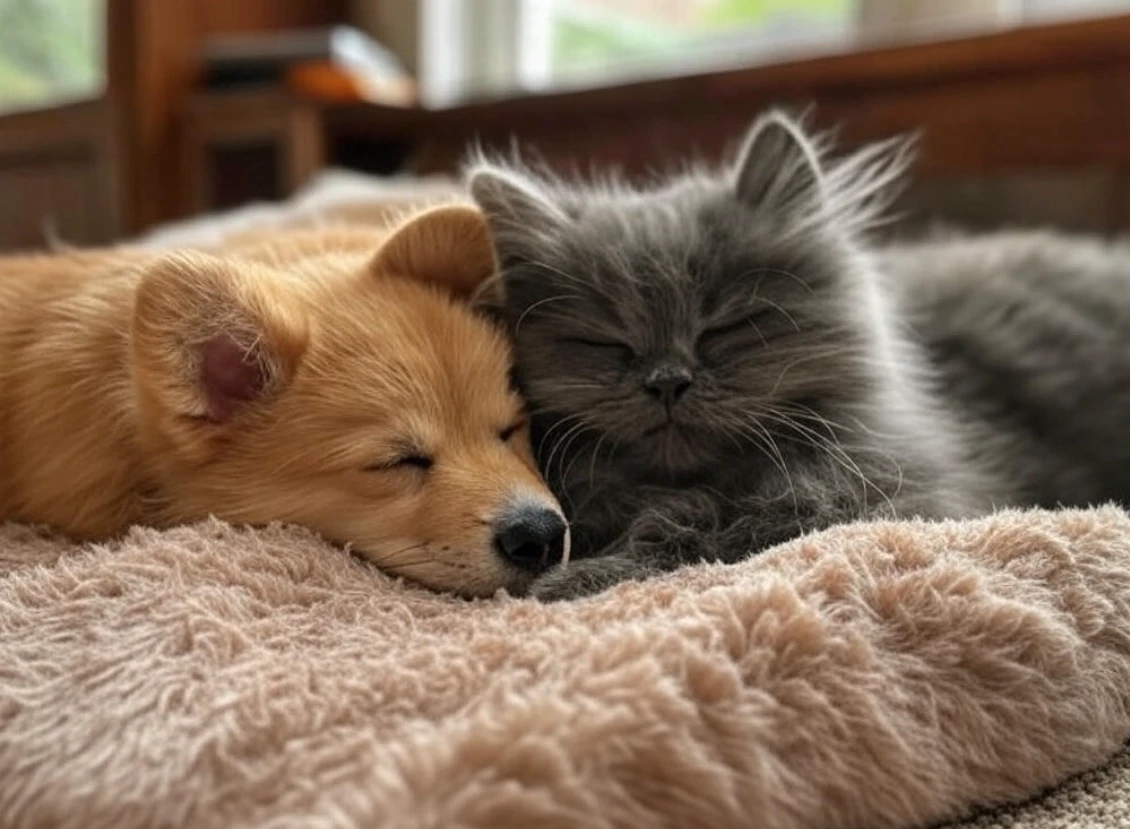
Helping your dog and cat get along isn’t just about quiet - it’s about joy. A home where pets coexist brings double the love, from goofy chases to snuggly naps. Sure, it takes time, treats, and a few deep breaths, but the payoff is huge. Imagine your dog wagging at the cat’s purrs or your cat nuzzling the pup’s nose - that’s the magic of pet friendship.
So, grab a leash, set up a perch, and start small. With these steps, your dog and cat can go from strangers to soulmates. Be patient, stay consistent, and watch your furry duo prove that love crosses species. Your peaceful pet home awaits!